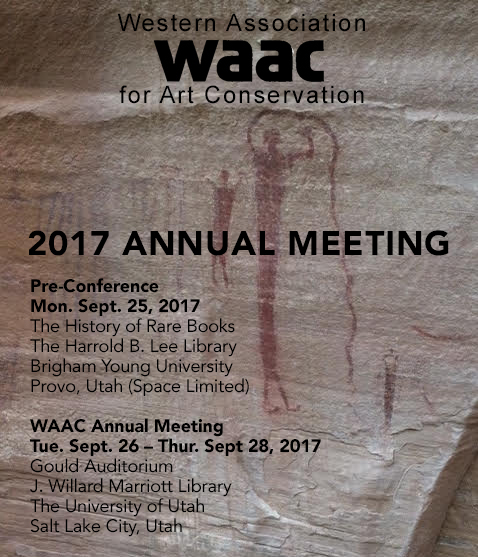Kintsugi-repaired ceramics in a New England house museum? Analysis and Western-style simulation
Abstract
A cabinet at the Sleeper-McCann House, a Historic New England property in Gloucester, MA, contained five vessels apparently repaired using the Japanese kintsugi method. Kintsugi is a skilled and valued art of mending ceramics using Asian lacquer and sprinkling the joins with precious metals. The repairs are intentionally visible due to the line of gold or silver along the cracks or flaws in the object. The use of precious metals in repairs is meant to convey that the repaired object has its own beauty. A ceramic may be damaged, but mending it gives it new life, and beauty can still be found in imperfection.When this technique is used, it imparts additional value to the object, in terms of both aesthetics and history. Two Western museums have recently mounted exhibitions on the topic of kintsugi repairs.[1] Performing a kintsugi repair requires extensive training in the art of lacquer; the process of making the repair is exacting, time-consuming, and difficult. It is possible to imitate kintsugi with modern materials by using metallic paint, bronze powders, or mica powders in a synthetic binder, which could be achieved by someone without knowledge of lacquer art. A forger could take an old vessel, perhaps already broken, and repair it with synthetic materials that have the appearance of kintsugi. The high prestige of kintsugi means that there might be a financial incentive to fake the method. Other imitations may be done with less-nefarious purposes in mind: it is possible to buy a repair kit called “New Kintsugi Kit” that aims to “combine this lovely old technique with new technology,” so that the modern DIY-er can repair her broken ceramics.[2]
Because so little was known about the history of these objects, the five ceramics from the Sleeper-McCann House were investigated to better understand their composition, with the ultimate goal being the assessment of whether or not they have true kintsugi repairs. They were examined under ultraviolet radiation as a preliminary step in order to detect differences in materials. Following this, conservation scientists Drs. Rebecca Ploeger and Aaron Shugar of SUNY Buffalo State analyzed the objects with x-ray fluorescence spectroscopy and Fourier-transform infrared spectroscopy. Finally, samples from break areas on two of the objects were removed and then mounted into cross sections in order to help discern the layering structure of the repairs. In all five cases, the repairs were found to be consistent with the materials and methods used in kintsugi.
A concomitant study was conducted in order to find a way to simulate kintsugi repairs using conservation-grade materials, in the case that conservation of a previously kintsugi-repaired vessel is needed. Broken stoneware ceramics belonging to the author were repaired with several different techniques in order to gauge the best way to imitate true kintsugi.
[1] “Golden Seams: the Japanese Art of Mending Ceramics,” Smithsonian Freer Gallery of Art, November 8, 2008-November 29, 2009; “The Aesthetics of Mended Japanese Ceramics,” Johnson Museum of Art, Cornell University, June 28-August 10, 2008, and Museum für Lackkunst, Münster, Germany, September 9-October 12, 2008.
[2] Humade, http://humade.nl/products/new-kintsugi-1.
Click on Video link on the right to view presentation.
Published
2017-11-28
How to Cite
O'SHEA, Colleen.
Kintsugi-repaired ceramics in a New England house museum? Analysis and Western-style simulation.
Selected Proceedings of Advances in Conservation, [S.l.], nov. 2017.
Available at: <https://epubs.utah.edu/index.php/waac/article/view/4017>. Date accessed: 25 dec. 2025.
Issue
Section
Articles


